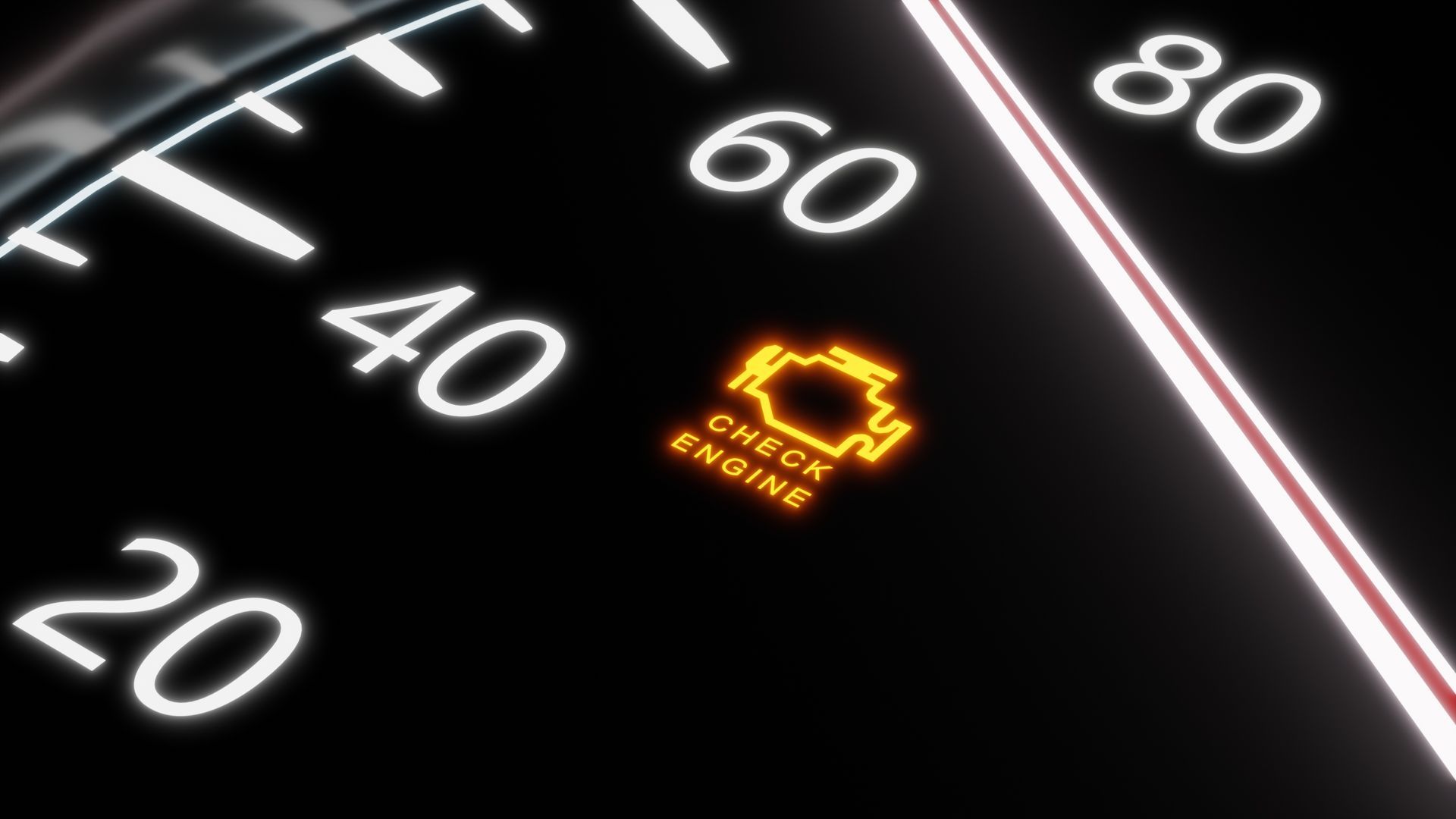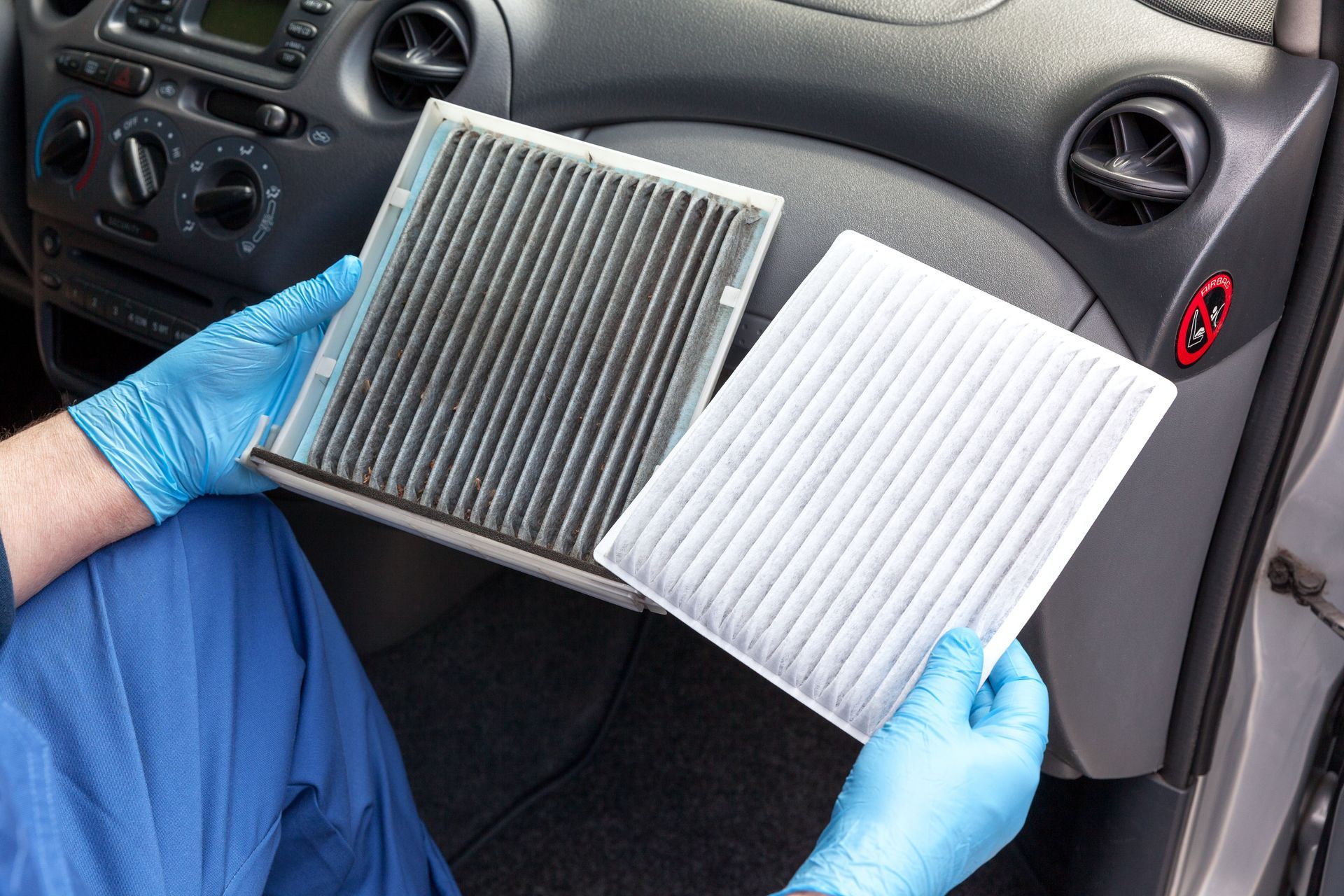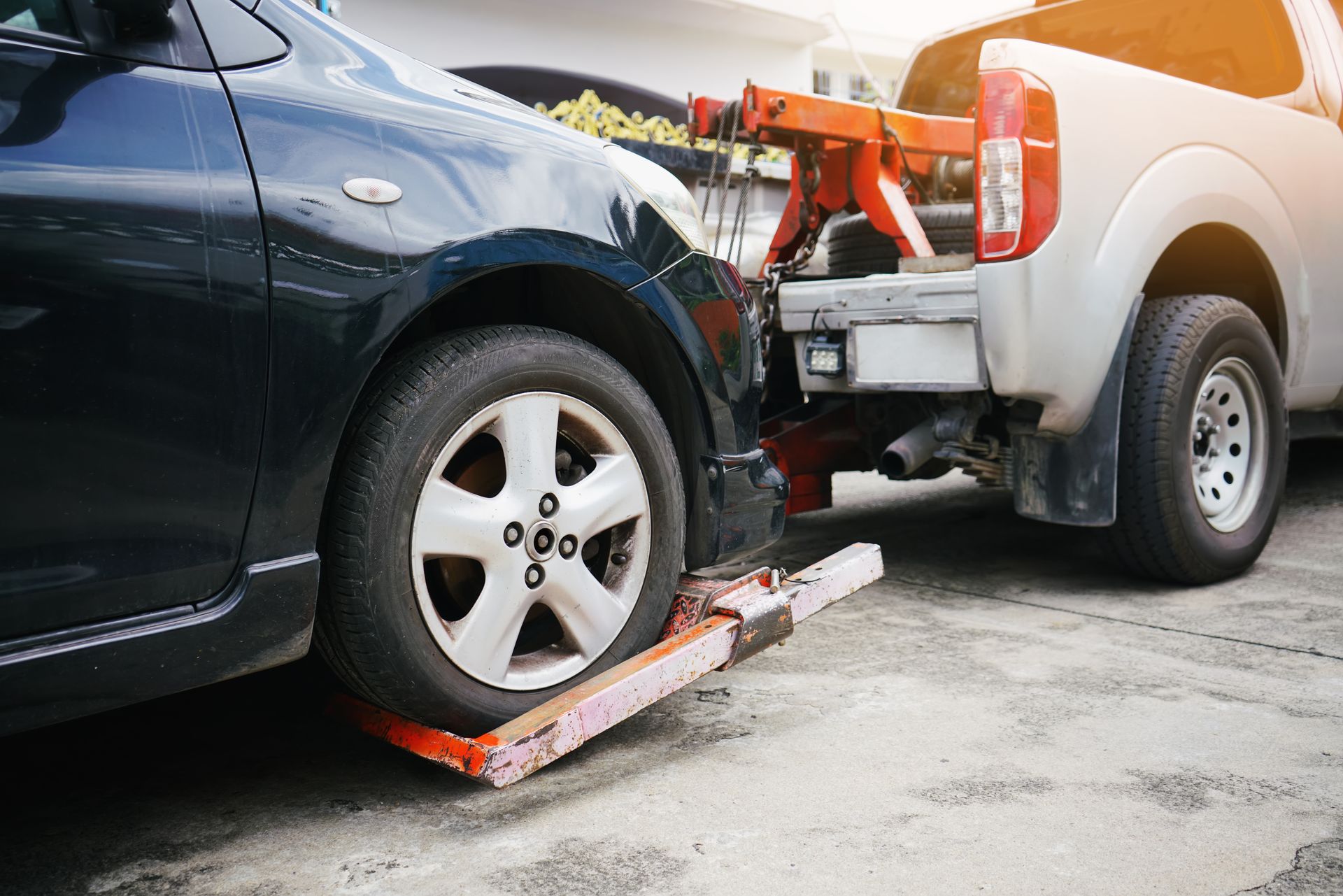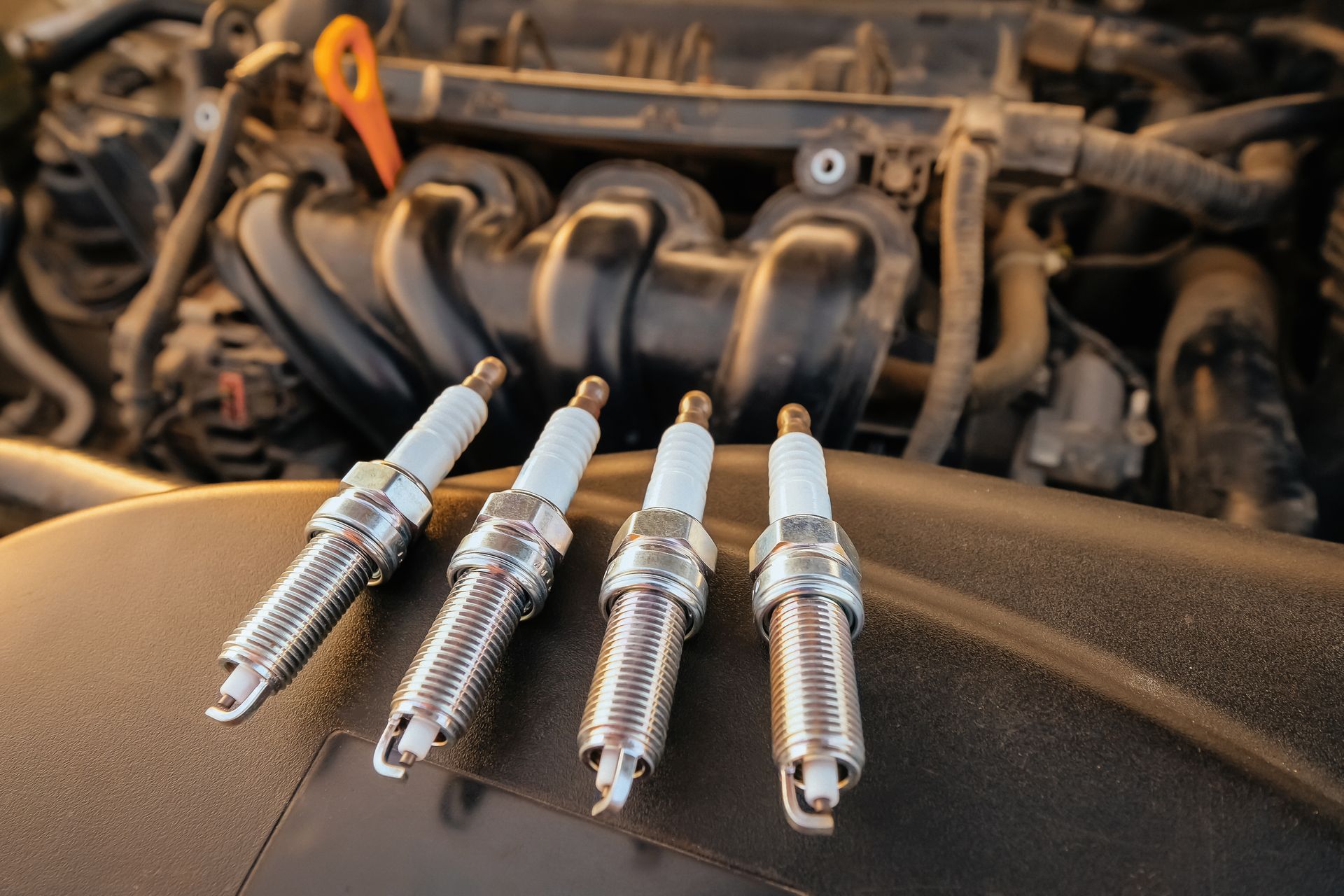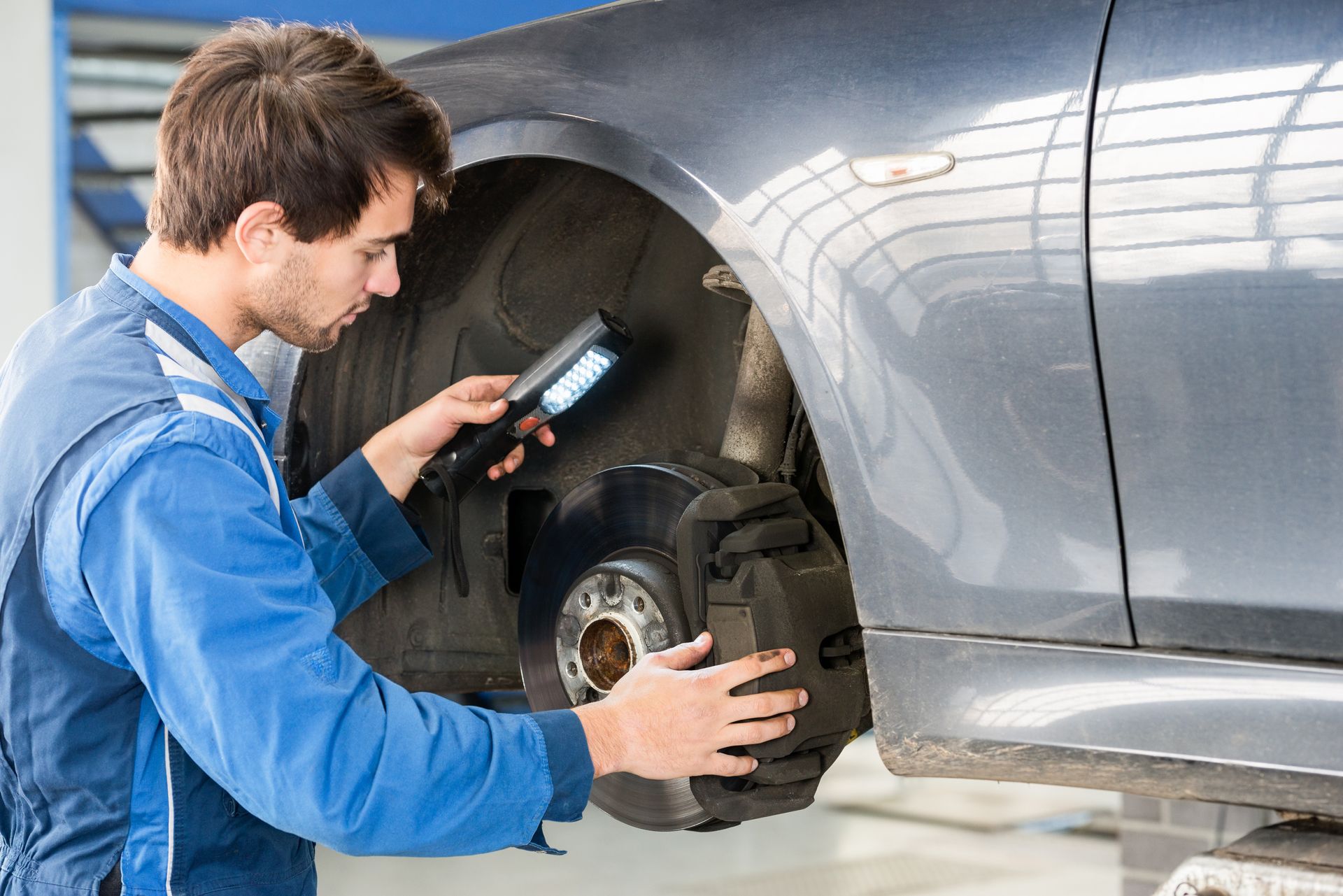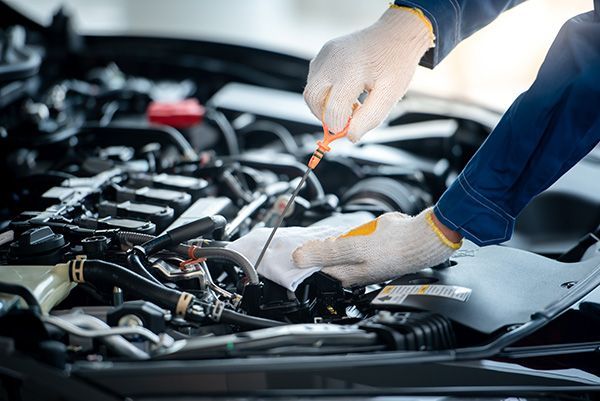There’s nothing quite like stepping out on a frosty morning, turning the key in your car, and… nothing. Cold weather can turn starting your vehicle into a frustrating ordeal, leaving you wondering what went wrong. The truth is that frigid temperatures put a strain on several key systems in your car, and understanding the reasons behind those slow starts can help you stay ahead of winter woes. Let’s explore the common culprits and how to address them.
Battery Performance Drops in Cold Weather
Your car’s battery is one of the first things to feel the chill when the temperature plummets. Batteries rely on a chemical reaction to produce power, and this process slows down significantly in colder conditions. A fully charged battery loses around 35% of its power at 32°F and over 50% at 0°F.
If your battery is older or not fully charged, starting your car in the cold becomes even harder. You might notice dim headlights or clicking noises when turning the key—classic signs of a weak battery. Regularly testing your battery and replacing it when needed can save you from a frosty morning breakdown.
Thickened Oil Creates Resistance
Your engine oil doesn’t stay the same consistency year-round. When temperatures drop, oil thickens, making it harder for the engine to turn over. This added resistance can cause delays when starting your car.
Using the wrong type of oil for winter weather can exacerbate this issue. Many manufacturers recommend switching to a lower-viscosity oil during colder months to ensure your engine gets the lubrication it needs without unnecessary strain.
Fuel System Challenges
Cold temperatures can also wreak havoc on your car’s fuel system. For instance, moisture in your gas tank or fuel lines can freeze, blocking the flow of fuel to your engine. This problem is more common when your gas tank is near empty since the extra air in the tank allows condensation to form.
Another issue involves the fuel itself. Gasoline can evaporate less readily in the cold, making it harder for the engine to get the right air-fuel mixture for ignition. Keeping your gas tank at least half full during winter months can help prevent freezing and ensure a steady fuel supply.
Starter Motor and Electrical Connections
The starter motor is responsible for getting your engine up and running, and like the battery, it struggles more in cold conditions. If your starter is already worn or the electrical connections are corroded, it may have a harder time turning over the engine in low temperatures.
It’s a good idea to have your starter motor and electrical system inspected before winter sets in. This proactive step can catch potential issues early and save you from being stuck in the cold.
Spark Plugs and Ignition System Problems
Your ignition system, including the spark plugs, plays a vital role in starting your car. If the spark plugs are worn or fouled, they may not create the strong spark needed to ignite the fuel in the engine. Cold temperatures can worsen this problem by reducing the ignition process's effectiveness.
Replacing worn spark plugs and ensuring the ignition system is in good condition can make a big difference when starting your car in winter weather.
Tips to Prevent Cold Weather Starting Issues
To avoid the frustration of a car that won’t start on a freezing morning, here are a few preventative steps:
Test Your Battery: Regularly check your battery’s charge and replace it if it’s nearing the end of its lifespan.- Switch to Winter Oil: Use an oil recommended for lower temperatures to ensure your engine runs efficiently.
- Keep Your Gas Tank Full: Prevent frozen fuel lines by keeping your tank at least half full.
- Warm Your Engine: Use a block heater to keep your engine warm overnight, especially in extremely cold climates.
- Inspect Your Ignition System: Replace spark plugs and check for any issues in the ignition system.
Stay ahead of winter challenges with expert care from
808 Automotive. Book an appointment today for a full inspection and
enjoy peace of mind no matter how cold it gets!

